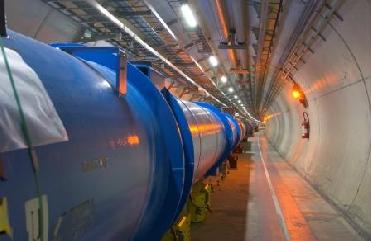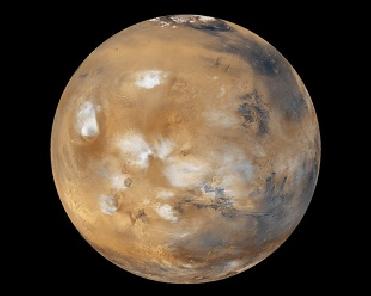
Artist's concept of the CoRot satellite. CNES photo
PARIS (BNS): The CoRoT satellite recently observed a star analogous to the young Sun at an age of approximately 500 million years, named CoRoTExo- 2a. The star is accompanied by a giant planet orbiting around it in only 1.7 days, and was discovered by the CoRoT Extrasolar Planet Team.
The French Space Agency, CNES, led the space mission with joint participation of Austria, Belgium, Brazil, Germany, Spain and the European Space Agency (ESA).
An international team led by astronomers of the Italian National Institute for Astrophysics (INAF) at Catania Astrophysical Observatory with the support of the Italian Space Agency (ASI) led a detailed study of the star. The study has been published in the Astronomy & Astrophysics recently.
According to the CoRoT team, with its very high photometric accuracy and long duration of continuous observations, CoRoT has been able to, for the first time, measure the variations of the intensity of the star and follow it for more than 150 days.
These unique data show flux variations of about 6 per cent, at least 20 times greater than those of the present Sun, with a periodic modulation of 4.5 days. Spots, analogous to sunspots, produce them but having a correspondingly larger area, that evolve continuously as the star rotates.
CoRoT observations revealed an unexpected phenomenon: the spotted area oscillates with a mini-cycle of only 29 days. In the Sun, such mini-cycles have sometimes been observed close to the maxim of the main 11-year cycle, with a period of about 150 days. They have been accompanied by corresponding modulations in the frequency and intensity of solar flares, whose energetic radiation impacted upon the planets. The shorter period observed in CoRoT-Exo-2a may be due to its faster rotation or the perturbations induced by the close giant planet, orbiting at a distance of only 4.2 million km from the star, ie, only 3 per cent the distance between the Sun and the Earth.
�Our Sun, during the evolutionary stage corresponding to that of CoRoT-Exo-2a, was shining on the Earth when the processes that would have led to the appearance of life had just begun,� say European scientists.
The presence of an intense magnetic activity on the young Sun and its light variability certainly affected those processes, they concluded.
According to the team, the study of Sun-like stars with the CoRoT satellite and other space-borne or ground-based telescopes will contribute to our understanding of the influence of stars on their planets during those crucial phases of their evolution. In the specific case of CoRoTExo-2a, additionally interesting results are expected from future observations, also with ground-based telescopes, to confirm the possible effect of the giant planet on stellar magnetic activity.
 Previous Article
Previous Article Next Article
Next Article












The Indian Air Force, in its flight trials evaluation report submitted before the Defence Ministry l..
view articleAn insight into the Medium Multi-Role Combat Aircraft competition...
view articleSky enthusiasts can now spot the International Space Station (ISS) commanded by Indian-American astr..
view article